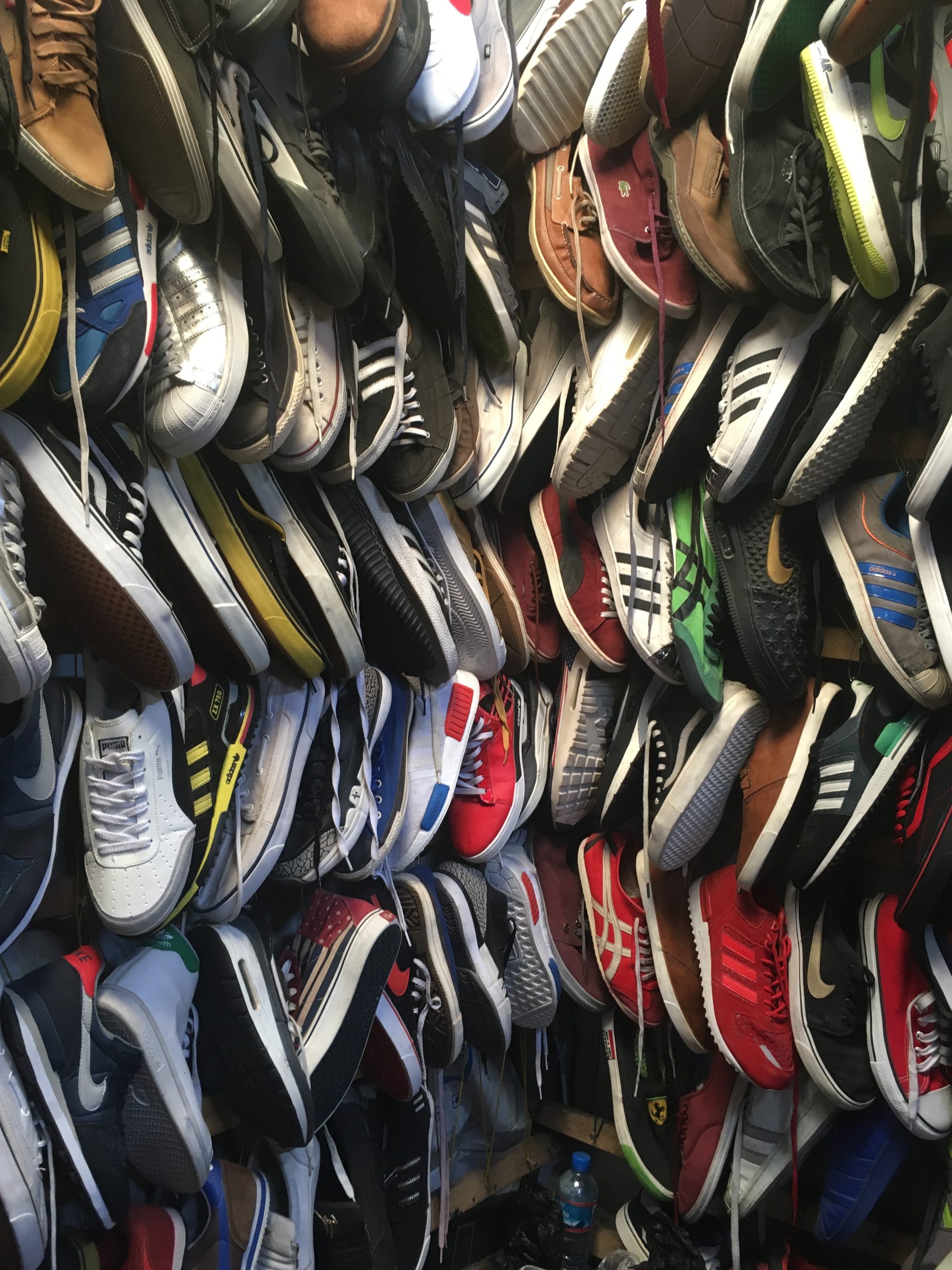Countries should follow the example of African countries’ economies by embracing the consumption of used clothing and textiles
The US-based Secondary Materials and Recycled Textiles Association (SMART), the European Recycling Industries’ Confederation (EuRIC), the UK’s Textile Recycling Association (TRA) and the Bureau of International Recycling (BIR) believe it is important to understand the utilized clothing supply chain. ‘There is a common misconception that secondhand clothing exported to developing countries partially ends up being discarded right away,’ they say. ‘The fact is clothing not sold directly in the market simply gets passed down the supply chain and ends up selling in other smaller markets throughout the region. If you follow simple rationale, it is easy to understand that no profitable business will spend money on packing, shipping, and distributing a product only to have it end up in a landfill.’ Jackie King, official chief of SMART, contends that textile reuse and recycling is the solution instead of the issue. ‘Secondhand clothing exported to countries is sorted and graded for customer needs or preferences. The reality is if clothing doesn’t sell, it is often shipped to other worldwide markets for resale or recycling – not thrown away.’

The Institute of Economic Affairs in Kenya launched a study earlier in 2021 found that the used clothing industry is crucial to the economy of Kenya. ‘The typical income earner in Kenya spends about 40% of monthly earnings to procure food alone. The rest of the available income is spent on shelter, transportation, education, health, and other needs.’ According to this study, 91.5% of Kenyan households buy secondhand clothes.

